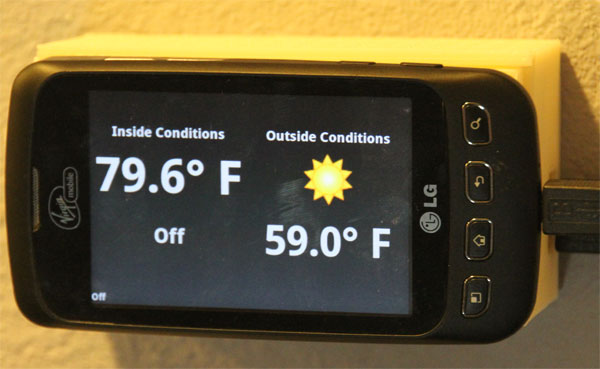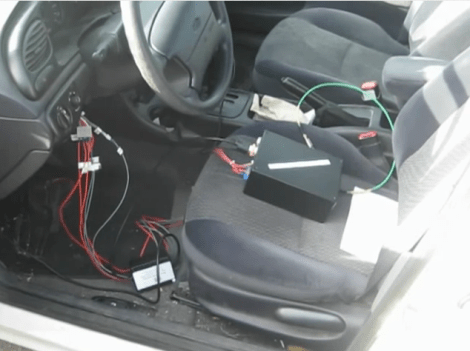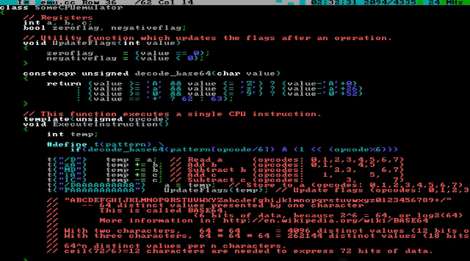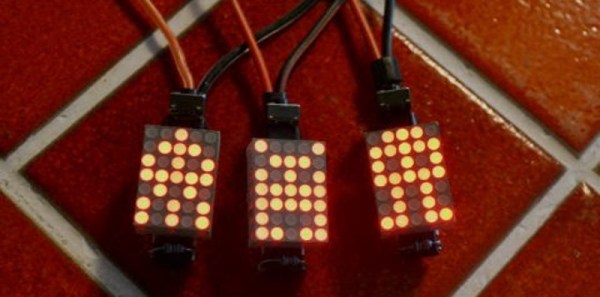Put that old Android phone to good use by mounting it on the wall as a smart thermostat. This open source hardware and software project lets you replace your home’s thermostat with an Android device which adds Internet connectivity and all that comes with the increase in computing power.
The brunt of the hardware work is taken care of by using an IOIO board which makes it easy to interface any Android device with the simple hardware which switches your HVAC equipment. We’ve been waiting for the launch of the new IOIO design and if it comes in at a lower price as has been rumored that makes this project in the price range of the least expensive of programmable thermostats (assuming you already have an Android device to devote to it). Simply etch your own board to host the relays and voltage rectifier and you’re in business.
There is a client and server app, both free in the Play Store. The server runs on the wall-mounted device with the client offering control via a network connection. The features of the system are shown off quite well in the video after the break.
This sounds like a perfect use for that phone you ripped out of the pages of a magazine.

















